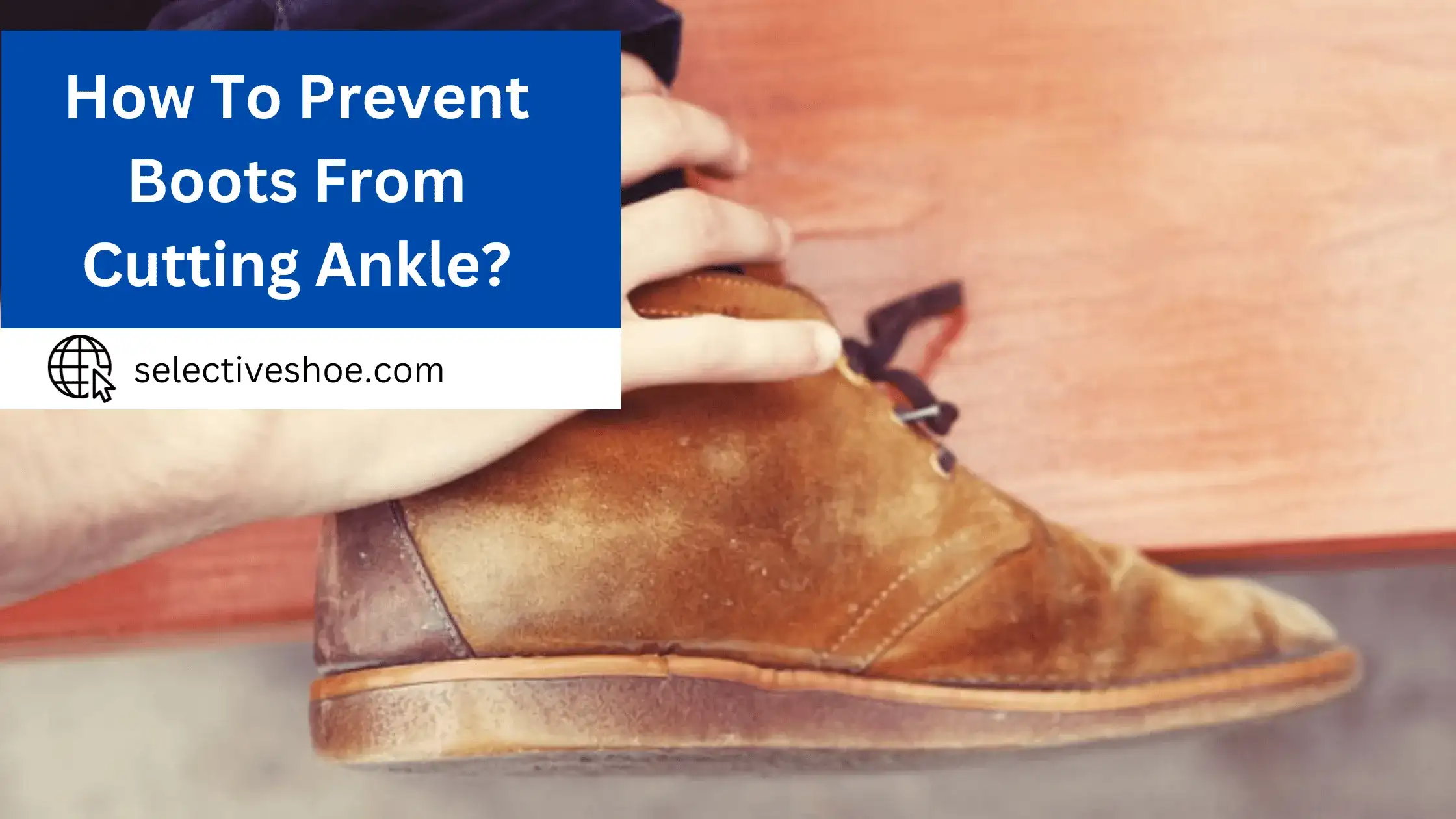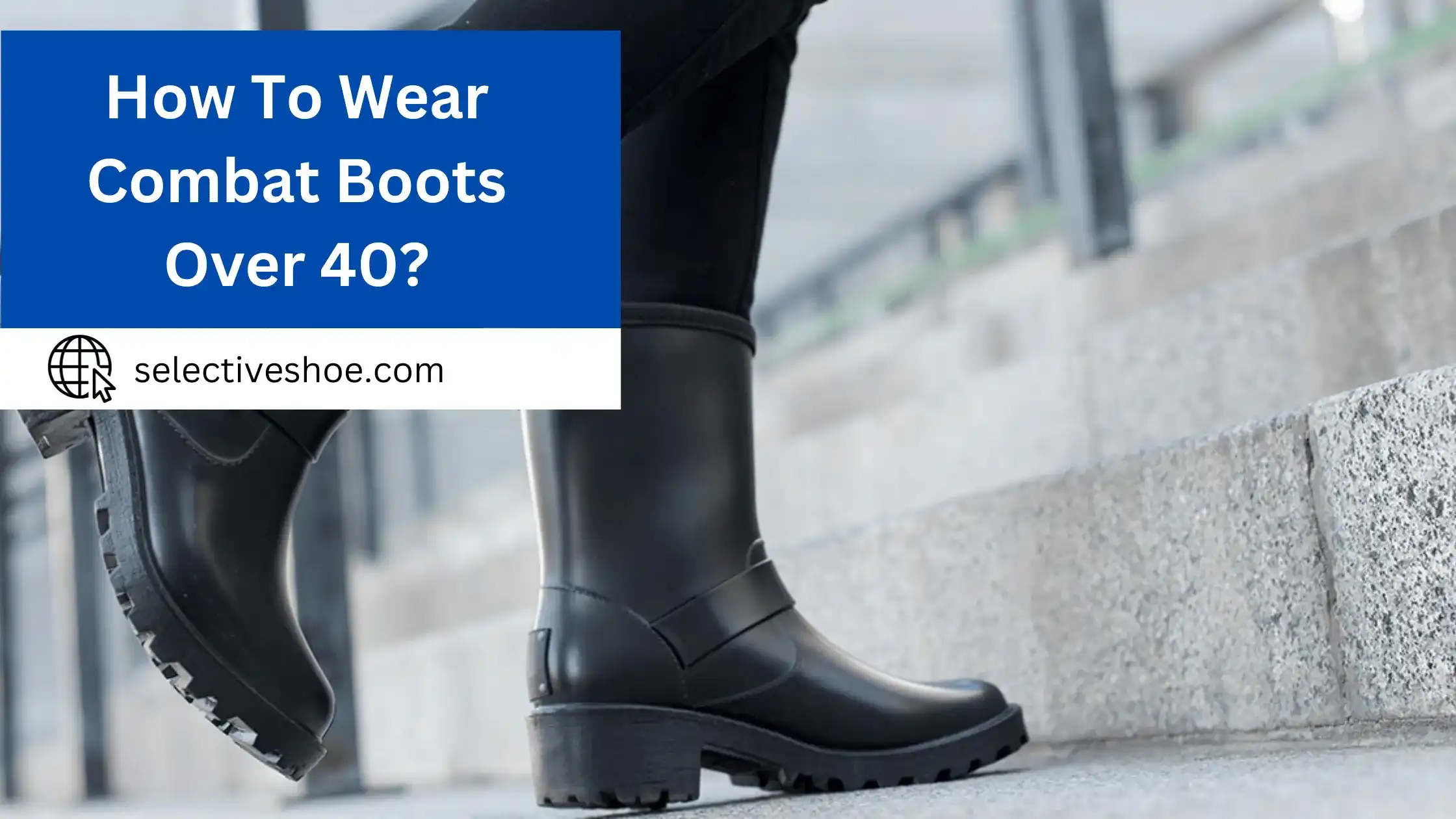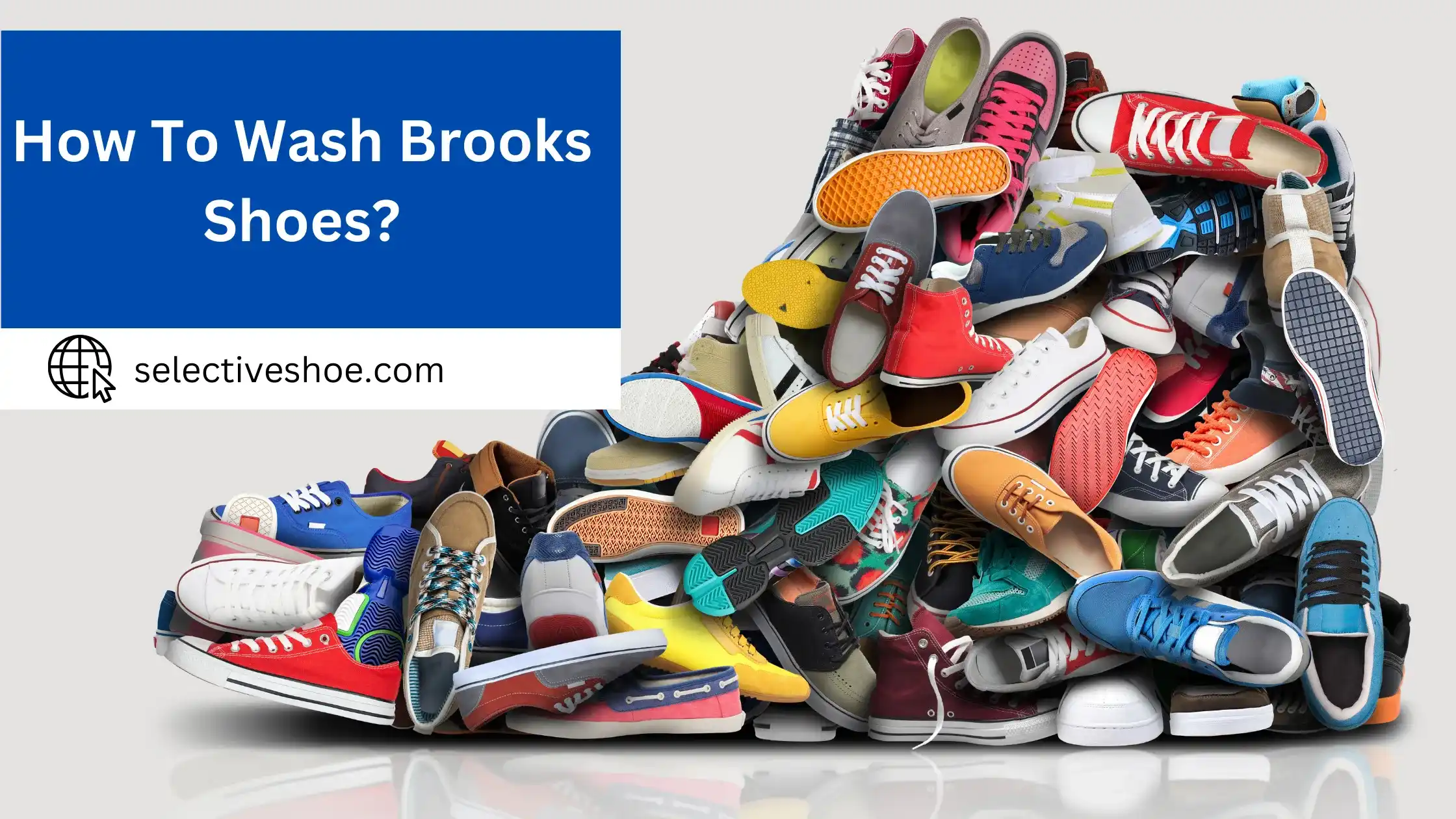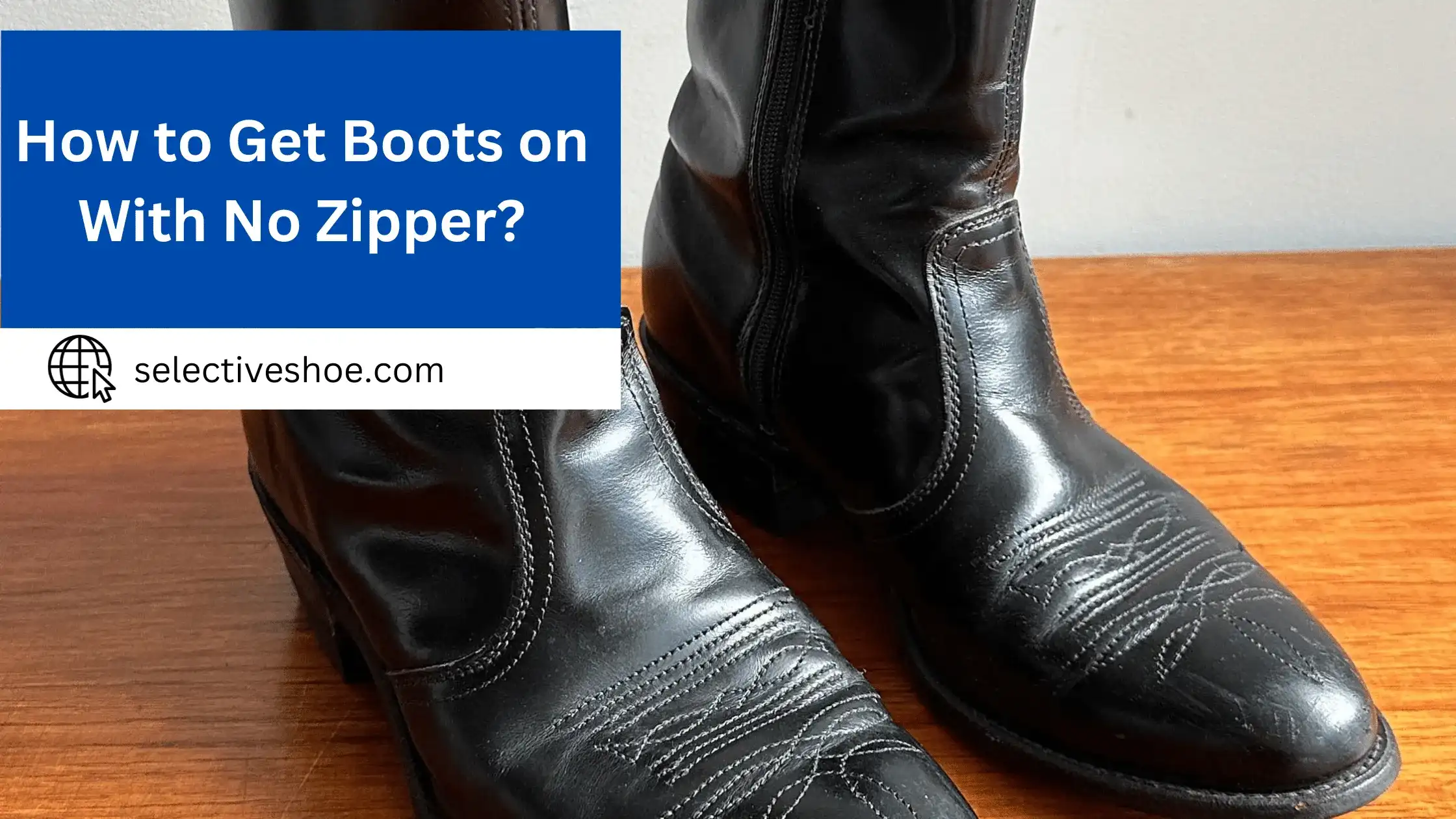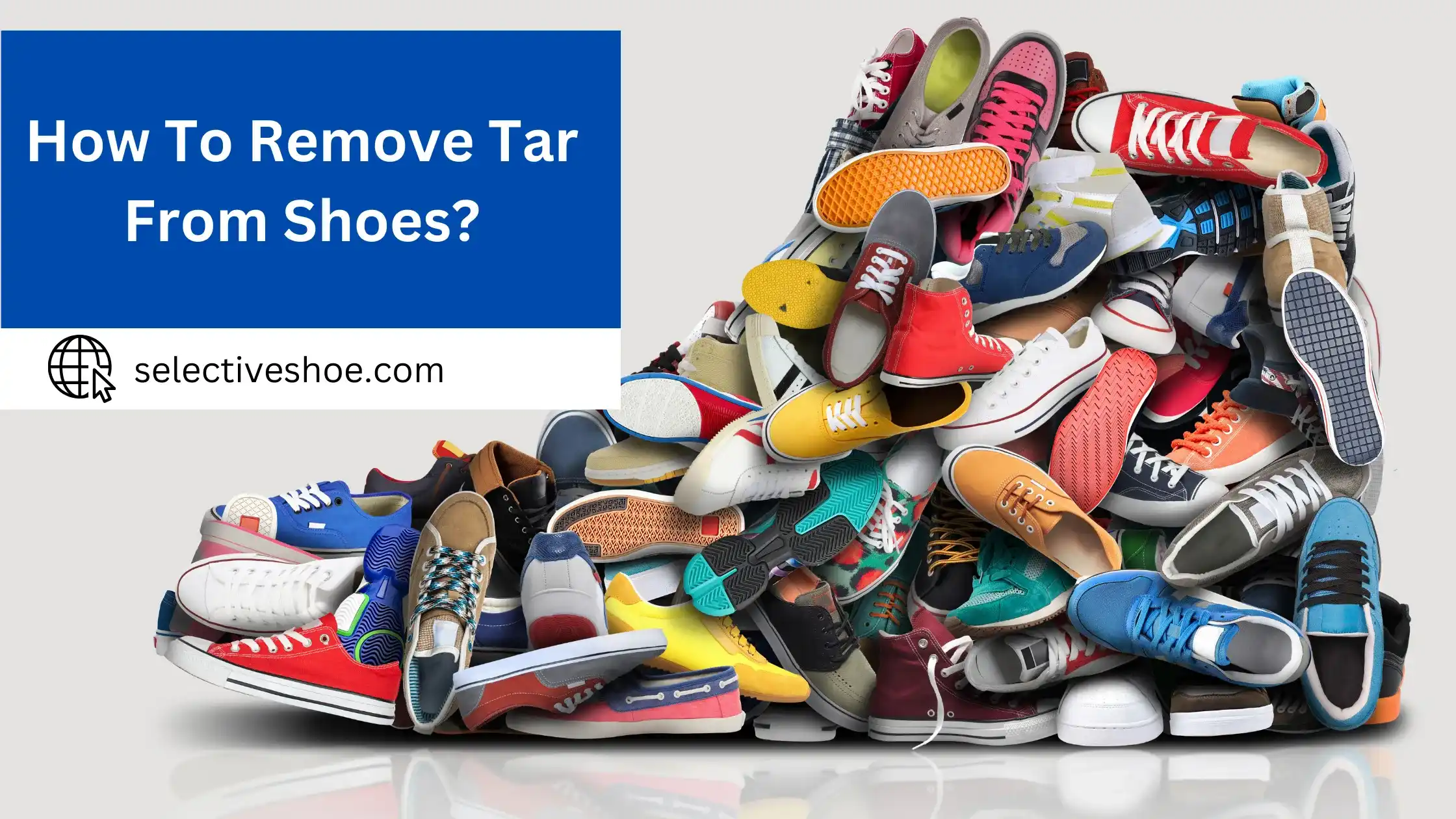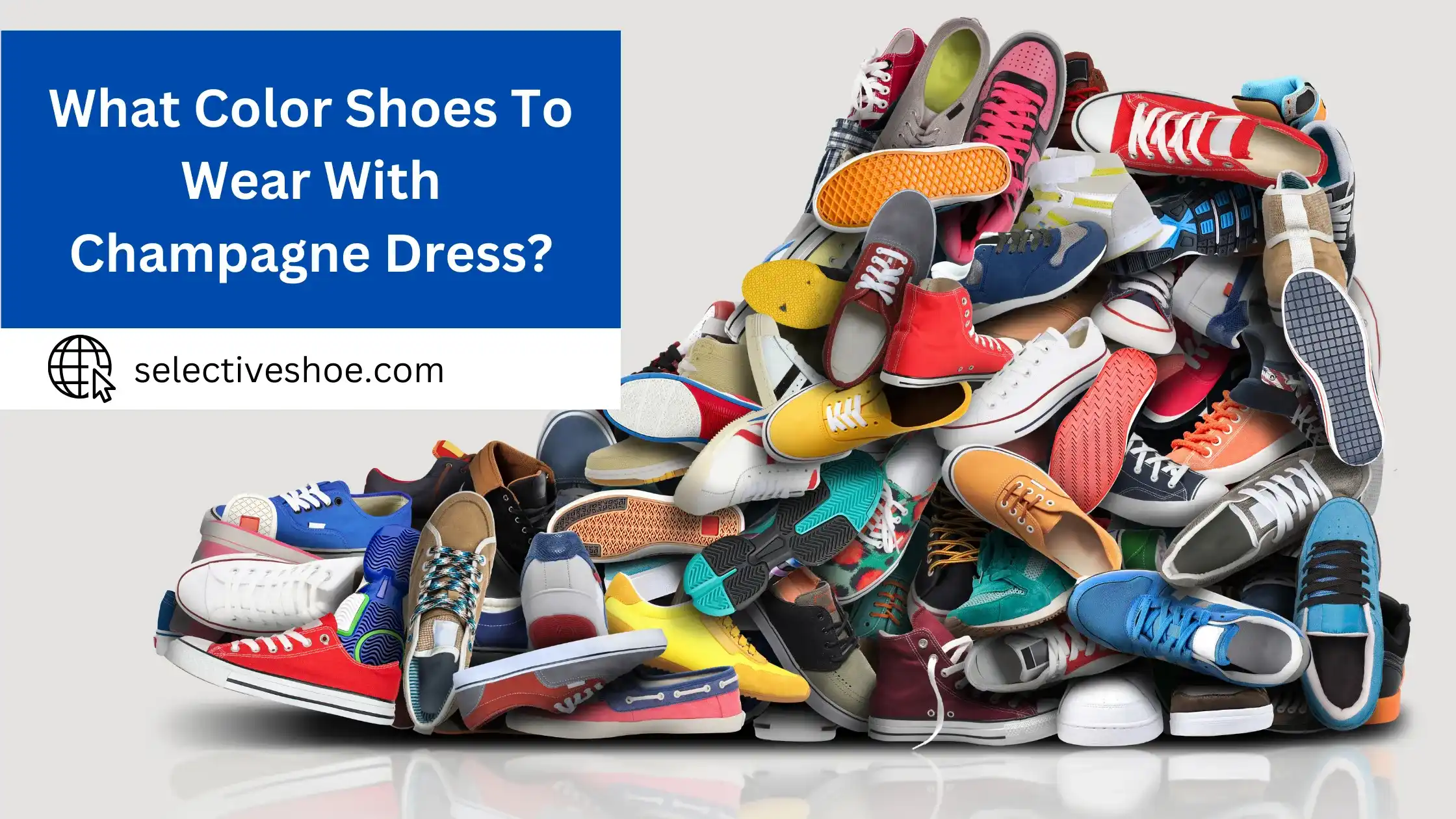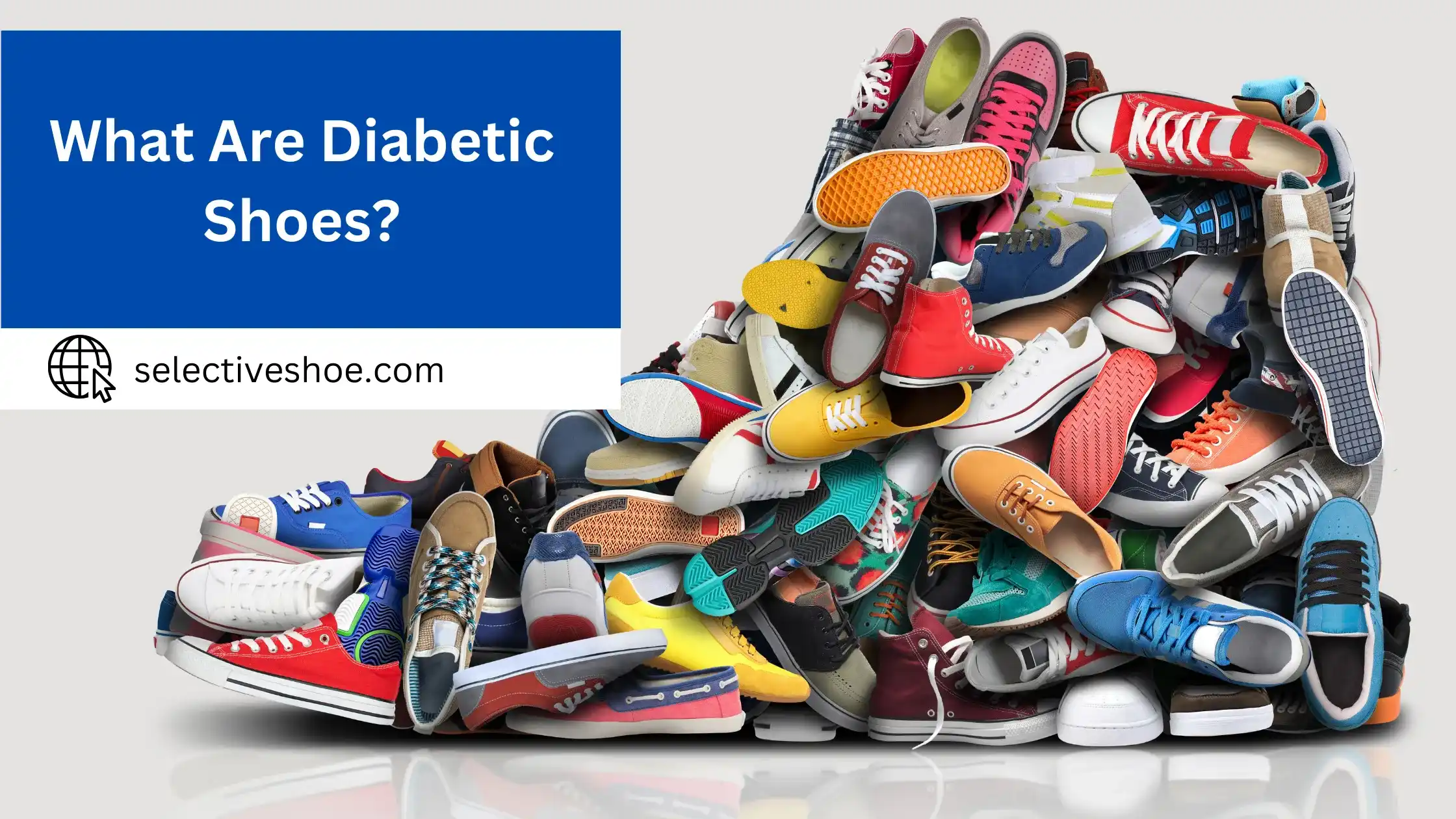I’ve always been a huge fan of wearing boots. They’re stylish, comfortable, and the perfect way to complete any look. But that feeling of joy can quickly turn into frustration when I realize my ankles keep getting cut by them no matter what I do. It’s not an uncommon problem either; plenty of people suffer from this same dilemma, so you’re definitely not alone if you experience it too!
After dealing with this issue for so long, I decided to figure out once and for all how to prevent boots from cutting ankles and luckily I found the answer after much testing. Using the potential issues or hazards arising out of the environment & implementing preventive measures), here are some tried-and-true methods on how to stop your boots from chafing your feet forever.
Step-by-Step Guide On How To Prevent Boots From Cutting Ankles?
There are several steps you can take to prevent this issue and enjoy a more comfortable wearing experience than I did.
Choose The Right Size:
Ensuring that your boots fit properly is crucial in preventing ankle cuts. I measure my feet accurately and try on different sizes to find the perfect fit. Remember that boots may require a slightly different size compared to regular shoes, so don’t be afraid to experiment.
Wear Thicker Socks:
Adding an extra layer of protection between your ankles and the boots can help me reduce friction and prevent cuts. I opt for thicker socks made from materials like wool or cushioned synthetic fibers.
Use Moleskin Or Padding:
Moleskin is a soft, adhesive fabric that can be applied directly to areas prone to rubbing. I cut a piece of moleskin to fit the back of my ankle and stick it onto the inside of your boots. This will create a barrier and reduce friction.
Try Heel Grips:
Heel grips are small inserts that sit at the back of my shoes to prevent them from slipping off. They also help me protect my ankles by providing additional cushioning and reducing rubbing.
Utilize Insoles Or Gel Inserts:
Insoles or gel inserts can provide extra comfort and support while also preventing boots from cutting into your ankles. I always look for products specifically designed to alleviate pressure points and reduce friction.
Break Them In slowly:
New boots often require some breaking in before they become fully comfortable. I usually start by wearing them for short periods and gradually increase the duration as they become more flexible and mold to my feet.
Apply Petroleum Jelly:
Before wearing your boots, I apply a small amount of petroleum jelly to the areas where they tend to rub against your ankles. This can create a protective layer and reduce friction.
Based on my research, these tips should help you prevent boots from cutting into your ankles and allow you to enjoy your favorite footwear without discomfort.
Lacing Techniques: Adjusting The Laces To Relieve Pressure On The Ankles
After several trials, I finally discovered a method that effectively relieved pressure on my ankles and provided the comfort I needed to continue exploring the great outdoors.
Step 1: Starting With Unlaced Boots
To begin, I made sure my boots were completely unlaced. This allowed me to start fresh and ensure a proper fit without any pre-existing tension or tightness.
Step 2: Slipping Feet Into Boots For A Snug Fit
Next, I slipped my feet into the boots and made sure they were properly positioned. It’s essential to ensure that your heels are securely seated at the back of the boots and that there is enough room for your toes to wiggle comfortably.
Step 3: Skipping Eyelets Near The Top Of The Boot
One crucial adjustment I made was to skip the eyelets near the top of the boot, specifically the ones closest to the ankle area. Instead of lacing through those eyelets, I left them empty. By doing so, I created a slight loosening in that specific area, reducing the pressure and allowing for better ankle mobility.
Step 4: Continuing To Lace Up Normally
After skipping the eyelets near the top of the boot, I continued to lace up my boots as I normally would. Starting from the bottom, I crisscrossed the laces through each set of eyelets until I reached the top. This ensured a secure fit and evenly distributed pressure throughout the rest of the boot.
Boot Accessories: Utilizing Padding Or Gel Sleeves For Added Ankle Support
During a hiking trip last summer, I encountered a common issue that many boot wearers face boots cutting into my ankles. It became clear that I needed to find a solution to prevent further discomfort.
Solution 1: Padding For Ankle Support
One solution I discovered was to utilize padding specifically designed for ankle support. This accessory adds an extra layer of cushioning and protection between the boot and the ankle, preventing direct contact and reducing friction. By using padding, I found that the pressure on my ankles was significantly relieved.
Solution 2: Gel Sleeves For Comfort And Support
Another effective solution I came across was using gel sleeves as boot accessories. These sleeves are made of soft, flexible materials that conform to the shape of the ankle, providing both comfort and support.
The gel material absorbs shock and reduces friction, making the wearing experience much more pleasant. With the gel sleeves, I noticed a considerable improvement in ankle support and a decrease in discomfort.
By incorporating these boot accessories, you can enhance ankle support, alleviate discomfort, and fully enjoy your favorite boots without worrying about the pain caused by pressure on your ankles.
Regular Maintenance: Keeping Your Boots In Top Shape To Prevent Ankle Cutting
By implementing a simple routine, I discovered that I could prevent ankle cutting and keep my boots in prime condition for all my future hikes.
- The first step in maintaining your boots is to clean them thoroughly after each use. Remove any dirt, mud, or debris by gently brushing or wiping them down.
- Regularly inspect your boots for signs of wear and tear. Check the soles for any signs of excessive wear or damage. Inspect the upper part of the boot for loose stitching, cracks, or any areas that may be causing discomfort.
- If you own leather boots, proper conditioning is crucial to maintain their durability and prevent ankle cutting. Apply a suitable leather conditioner to nourish and moisturize the leather, keeping it supple and less prone to cracking or rubbing against the ankle.
- Insoles play a significant role in cushioning and supporting your feet. Over time, they can become worn out and lose their effectiveness. To prevent ankle cutting and maintain optimal comfort, consider replacing the insoles periodically or when they show signs of wear.
By implementing regular maintenance practices, I have experienced a remarkable difference in my hiking adventures.
Conclusion:
Taking preventative steps to avoid ankle pain and discomfort due to boot cutting is essential for any shopper. By taking the correct measurements and considering the points written about previously such as tie length and flexibility, anyone should greatly reduce the chances of ankle discomfort or even injury. Even if some minor cuts do occur, ensuring that they are kept clean and monitored closely will ensure that they do not worsen over time. My own past experiences have taught me that it pays to take precautionary measures where possible and it really helped in preventing my boots from cutting my ankles. Remember: an ounce of prevention is worth a pound of cure!
